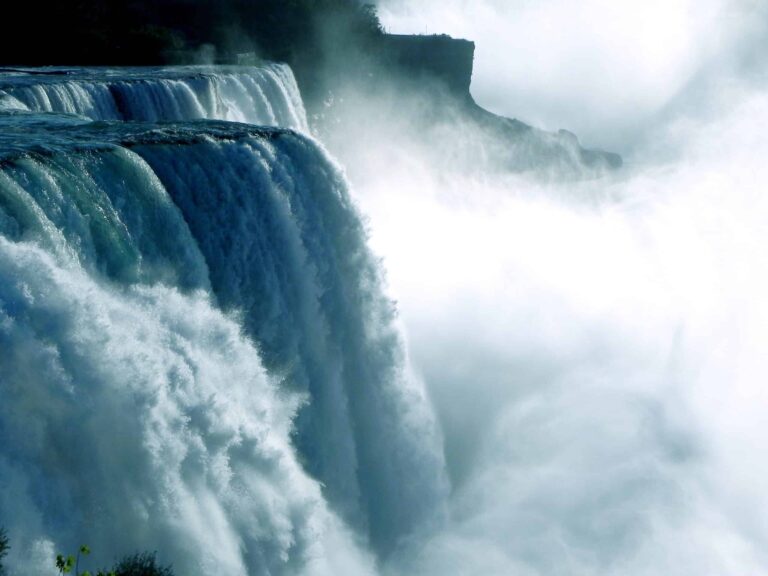One of the primary solutions to electrification in Africa, a continent with a population of over 600 million people who do not have access to reliable energy, is the use of green renewable energy.
This is particularly in regard to microgrids, with low-cost energy sourced from hydro, solar, and wind to power isolated communities. Accordingly, it is one of the major solutions to electrification in Africa.
While the rest of the globe strives to modify its energy mix in order to improve sustainability, African countries have the possibility to leverage their renewable energy potential to accomplish the rising request for electricity and carry out sustainable development goals.
Table of Contents
The 4 leading countries producing renewable energy in Africa
Below is a look at some of the leading countries’ renewable energy in Africa.
Kenya
Geothermal energy accounts for a great majority of Kenya’s energy production, making it one of the world’s leaders in the use of renewable resources.
Kenya has a massive amount of solar potential, yet solar photovoltaics (PV) still only account for less than 1 percent of the country’s energy mix, which is now split between thermal (32%) and hydro (57%) of the 2.3 GW total installed capacity. Kenya has produced some of the world’s lowest CO2 emissions, at around 0.4 tons per person.
To this day, hydropower is Kenya’s primary electricity generator, accounting for roughly 677 megawatts of the country’s total grid capacity. More than 90 percent of Kenya’s current electricity comes from renewable sources after the 2019 online addition of a 50 megawatts solar facility.
Mozambique
The largest portion of Mozambique’s installed capacity comes from hydropower, at around 81%, with the remaining making up of gas, other sources, and solar. The southern African country has the greatest potential for power generation in the region, with the ability to generate 187 gigawatts of electricity from wind, gas, coal, and hydro.
Located in Tete Province on the Zambezi River, the 2,075-megawatt (MW) Cahora Bassa hydro dam is Mozambique’s primary source of electricity generation and is run by the state-owned power firm, Hidroelectrica de Cahora Bassa. Mozambique’s most efficient power generating facility is located in the Cahora Bassa dam, which is the biggest hydroelectric power plant in southern Africa.
But only 34% of Mozambique’s population actually has access to quality electricity, in large part because of the country’s poor distribution and communication network.
Ethiopia
Ethiopia could produce as much as 60,000 Megawatts of electricity from renewable resources including solar and hydropower. The east African country relies primarily on hydroelectric power, with the other 10 percent coming from thermal and wind. Ethiopia’s government is planning to increase the country’s installed generation capacity by an estimated 5000 megawatts by the year 2022.
This increase is necessary if the country is to keep up with its rapidly increasing electricity demand, which is anticipated to increase by about 30% annually. Even though the government is diversifying its energy mix with various sources including wind, geothermal and solar, Ethiopian Electric Power, the state-owned electricity producer, predicts that the country’s total installed generation capacity would be 10,358 megawatts by 2022.
Ethiopia has only ever produced 0.08 tons of Carbon dioxide per person due to its reliance on renewable energy for 99 percent of its energy needs.
Read also: Renewables, why is wind power the energy of the future
Ghana
One of the most electrified countries in Africa, Ghana’s power comes from hydroelectricity (38%), thermal energy (61%), and the sun (1%). The country’s installed generation capacity is over 5,300 MW.
According to its Renewable Energy Master Plan, released in 2019, Ghana plans to increase the share of national energy generation mix provided by renewable sources from 42.5 megawatts in 2015 to 1,363.63 megawatts by 2030, while simultaneously decreasing its reliance on biomass as the primary source of fuel for thermal energy applications.
The plan also reiterates the development goals of Ghana, which include increasing local engagement in the renewable energy industry and electrifying over one thousand off-grid settlements with renewable energy.
Ghana has long been considered one of the world’s cleanest nations due to the fact that it emits less than half a ton of carbon dioxide per capita and gets 68.26% of its energy needs met through renewable means.
The future of renewables in Africa
Because of the continent’s rich supply of hydro (350 GW), wind (110 GW), and solar (10 TW) resources, Africa is in a strong position to take the lead in the production of renewable energy around the world.
The IREA (International Renewable Energy Agency) estimates that by the year 2030, Africa may have reached 310 gigawatts (GW) of capacity for
Read also: One of the biggest project worldwide to fight climate change: the African Great Green Wall












